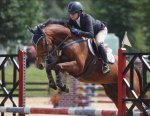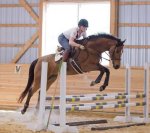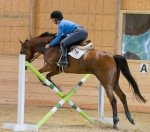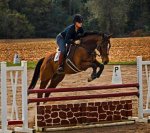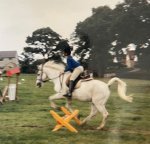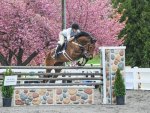sbloom
Well-Known Member
In this country we are obsessed with defensive riding positions in ponies that are essentially running away/running through the bridle.
Any physics dictate that most of what constitutes a defensive position causes the horse to run more because you can't get it balanced properly sitting like that. Get off the cantle, get over your feet on the flat, and you might have more control - relying on jamming feet forwards is never going to help except in an emergency. Laws of physics and biomechanics.


